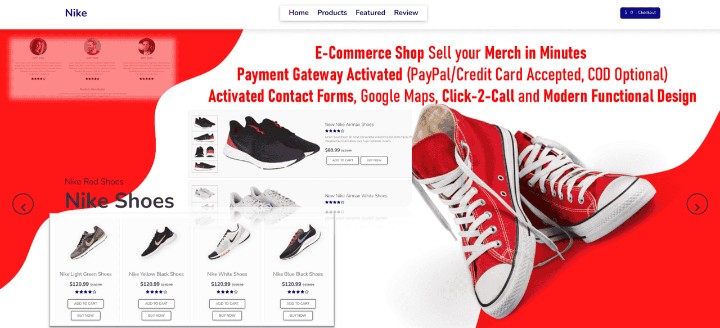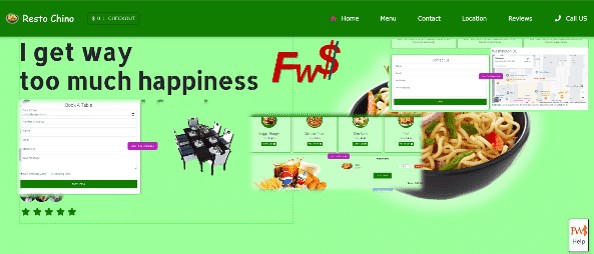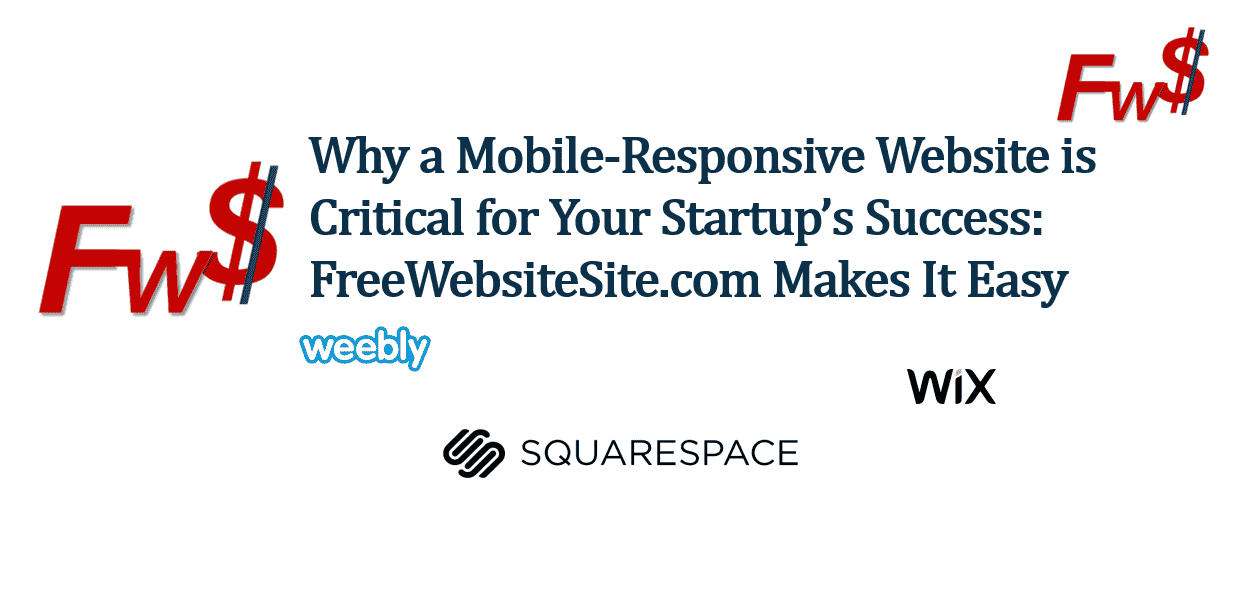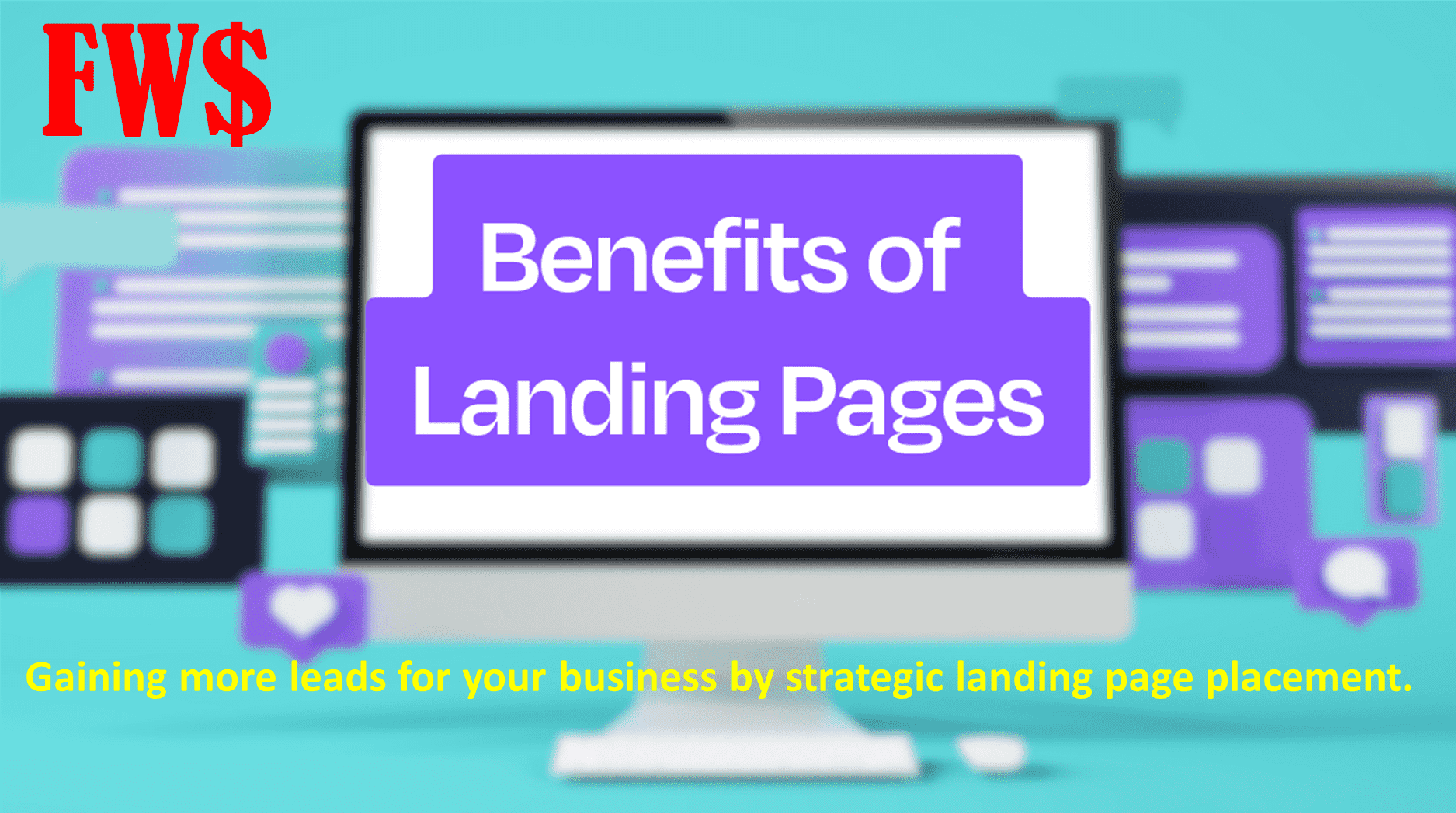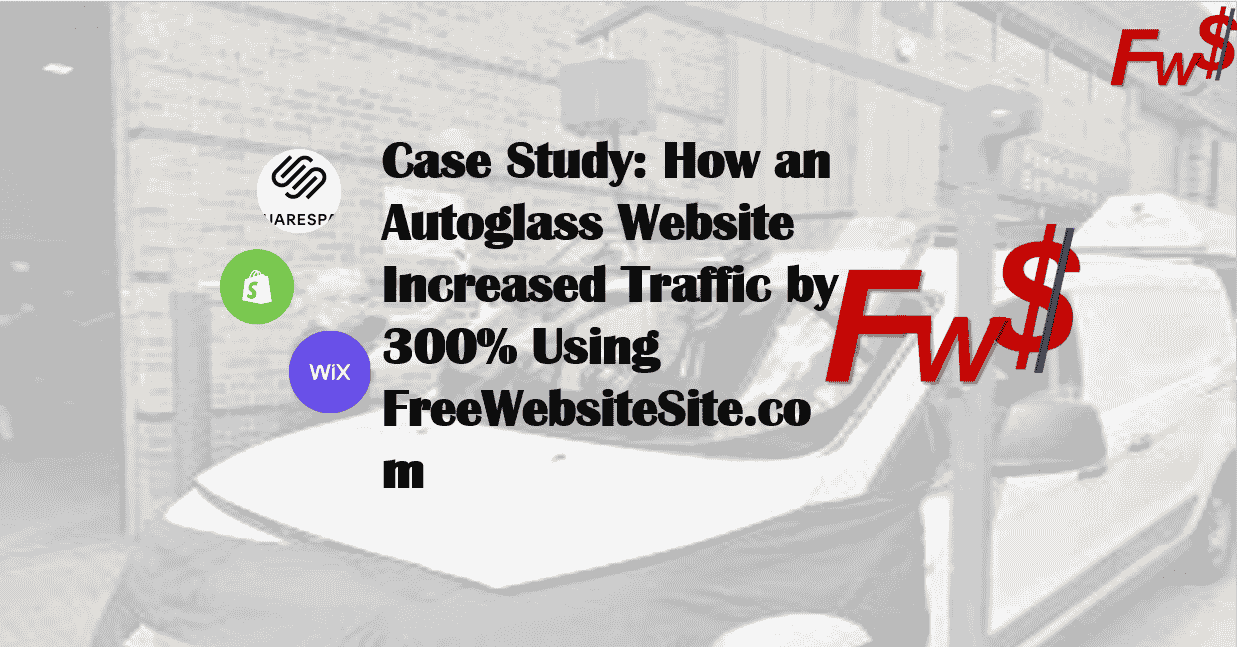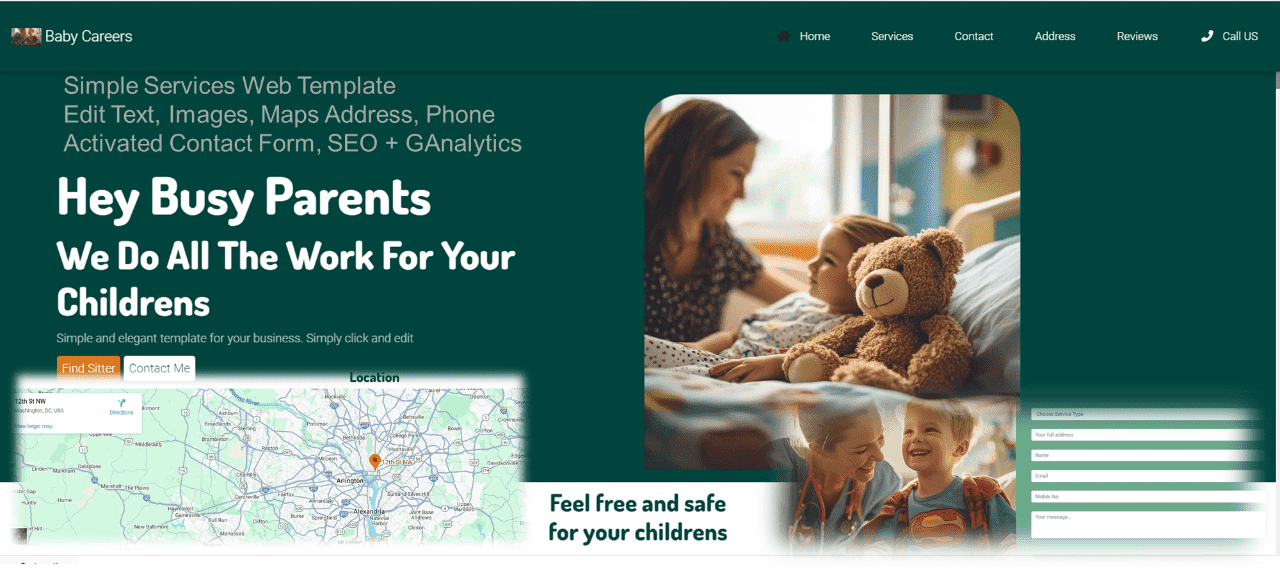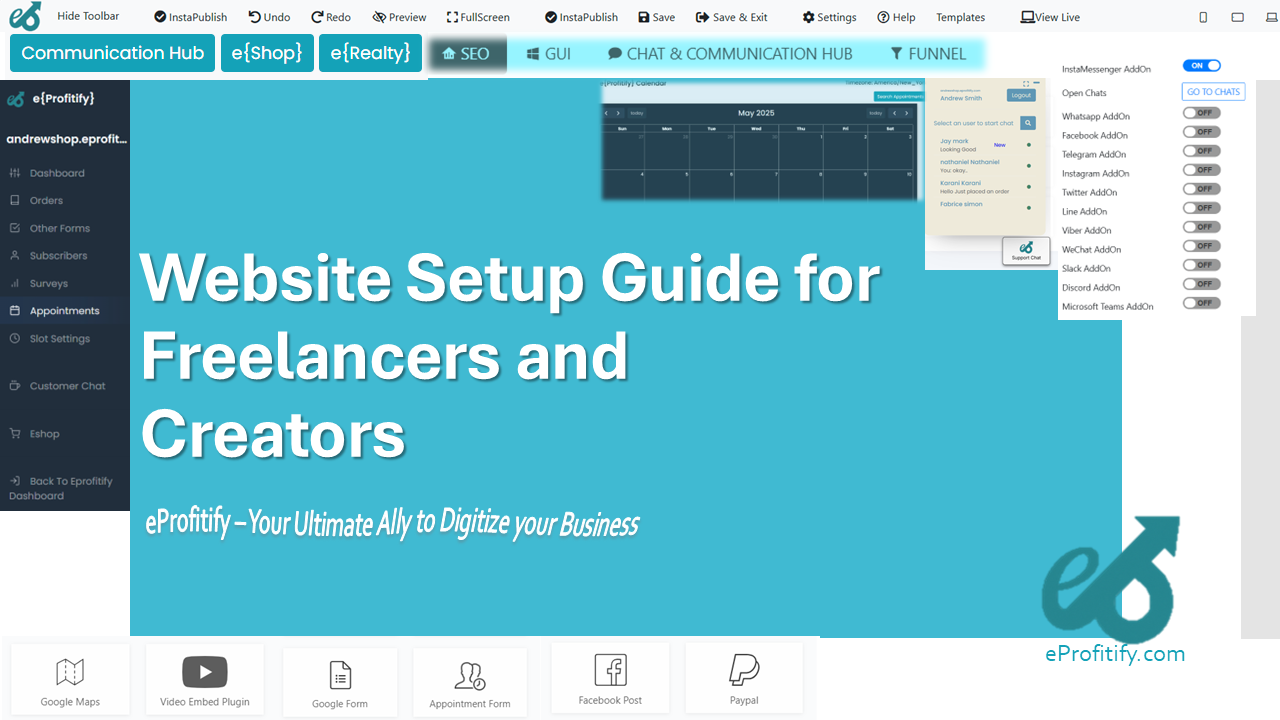How to Use Analytics to Improve Your Sales Funnel
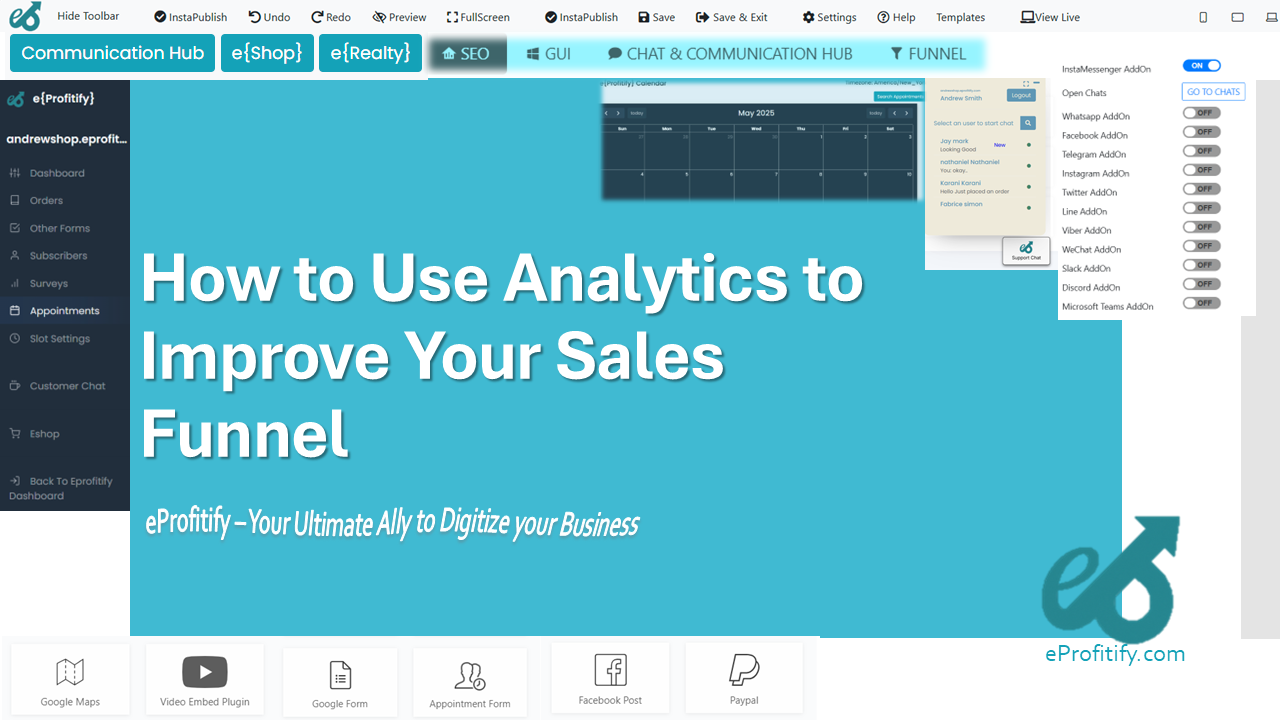
How to Use Analytics to Improve Your Sales Funnel
In today’s competitive market, businesses that fail to optimize their sales funnel risk losing valuable prospects at every stage of the customer journey. A well-structured sales funnel—comprising awareness, consideration, decision, and retention stages—guides potential customers from discovery to loyal advocacy. However, without data-driven insights, even the most meticulously designed funnel can fall short. Analytics empowers businesses to identify bottlenecks, personalize interactions, and boost conversions. Tools like eProfitify, a leading website publishing and management platform, integrate analytics with features such as instant messaging, appointment management, eCommerce, and CRM to streamline this process. Let’s explore how analytics can transform each stage of your sales funnel, backed by actionable statistics and real-world applications.
Understanding the Sales Funnel Stages
The sales funnel represents the customer journey, broken into four key phases:
- Awareness: Prospects discover your brand.
- Consideration: Leads evaluate your offerings.
- Decision: Customers make a purchase.
- Retention: Clients return for repeat business.
Analytics provides visibility into each stage, enabling targeted optimizations. Let’s delve deeper.
1. Analytics in the Awareness Stage: Driving Targeted Traffic
The awareness stage focuses on attracting potential customers through content, ads, or social media. However, 68% of companies struggle to identify their funnel’s weaknesses, often due to poor data tracking (HubSpot). Analytics helps by:
- Identifying Traffic Sources: Determine which channels (social media, SEO, paid ads) drive the most visitors.
- Content Performance: Analyze blog posts, videos, or landing pages with the highest engagement.
Statistic: Personalized content drives 20% more sales opportunities (Demand Gen Report).
How eProfitify Enhances Awareness:
eProfitify’s website analytics dashboard tracks traffic trends, while its built-in content management system (CMS) and social media tools help businesses publish targeted content. For instance, if data shows LinkedIn drives 40% of your traffic, you can allocate resources to amplify efforts there.
2. Analytics in the Consideration Stage: Nurturing Leads Effectively
At this stage, leads compare solutions. Analytics helps track behavior—like page visits, email opens, or webinar attendance—to gauge intent.
Statistic: Personalized call-to-actions (CTAs) convert 202% better than generic ones (HubSpot).
Key Metrics:
- Engagement Rate: Time spent on pricing pages or product demos.
- Lead Scoring: Prioritize leads based on activity (e.g., repeated visits to a “Features” page).
How eProfitify Enhances Consideration:
eProfitify’s CRM automates lead scoring and segments audiences for personalized emails. Its instant messaging tool allows real-time engagement—critical since 35% of consumers expect chatbots for quicker service (Statista 2023). For example, a lead lingering on a pricing page could trigger a chatbot offering a free consultation via eProfitify’s appointment management system.
3. Analytics in the Decision Stage: Closing the Sale
Here, prospects decide to purchase. Cart abandonment rates hover at 69.57% (Baymard Institute 2024), but analytics can recover lost sales.
Key Strategies:
- A/B Testing: Optimize checkout pages or CTAs.
- Abandoned Cart Recovery: Send automated follow-ups.
Statistic: Recovery emails rescue 10–15% of abandoned carts (SaleCycle).
How eProfitify Enhances Decision-Making:
eProfitify’s eCommerce tools track user behavior, such as cart abandonment triggers. Its automated email campaigns remind customers to complete purchases, while the appointment management system lets high-intent leads book demos instantly—reducing friction.
4. Analytics in the Retention Stage: Building Loyalty
Retaining customers is 5x cheaper than acquiring new ones (Forrester). Analytics here focuses on churn rates and customer lifetime value (CLV).
Statistic: A 5% retention increase boosts profits by 25–95% (Harvard Business Review).
Key Metrics:
- Repeat Purchase Rate: Track how often customers return.
- Feedback Analysis: Monitor reviews and survey responses.
How eProfitify Enhances Retention:
eProfitify’s CRM segments customers for targeted loyalty programs. For example, a segment with high CLV might receive exclusive discounts via personalized emails. The platform’s analytics also identify at-risk customers, allowing timely interventions like special offers.
Conclusion: Unlocking Funnel Efficiency with Analytics and eProfitify
Analytics transforms guesswork into strategy across every sales funnel stage. From attracting prospects with data-driven content to recovering abandoned carts and nurturing long-term loyalty, actionable insights are indispensable. Platforms like eProfitify amplify these efforts by consolidating analytics, CRM, eCommerce, and engagement tools into one ecosystem. Its features—instant messaging for real-time support, appointment scheduling for seamless conversions, and personalized email campaigns—empower businesses to act on data swiftly.
By marrying analytics with robust tools, companies can turn their sales funnel into a growth engine. Start leveraging these strategies today, and watch your conversion rates—and revenue—soar.
Why Choose eProfitify?
- All-in-One Platform: Manage your website, CRM, and eCommerce in one place.
- Data-Driven Insights: Track funnel performance with real-time analytics.
- Automation: Save time with chatbots, email campaigns, and appointment reminders.
Harness the power of analytics and eProfitify to build a frictionless, high-converting sales funnel—your roadmap to sustainable growth.
